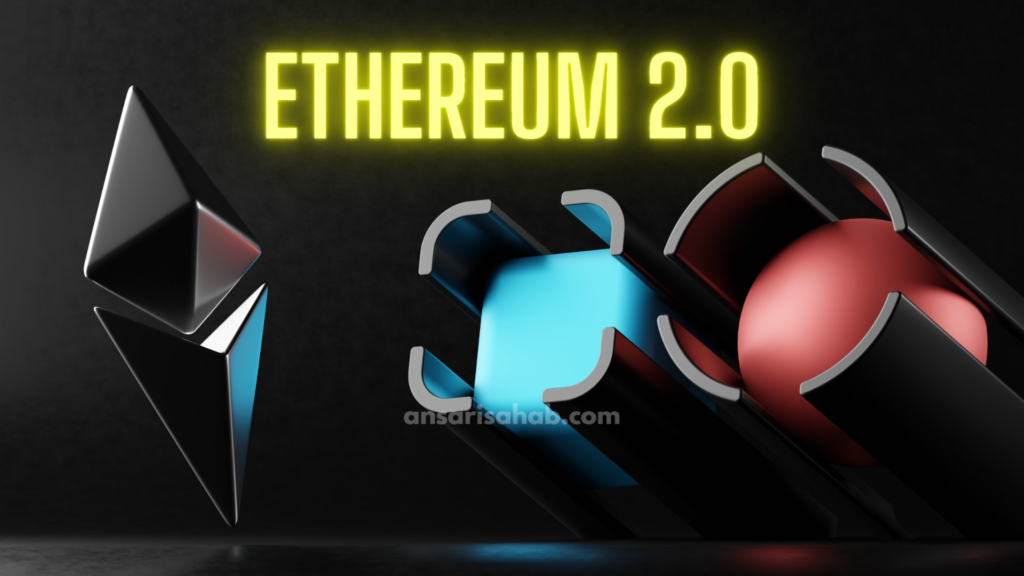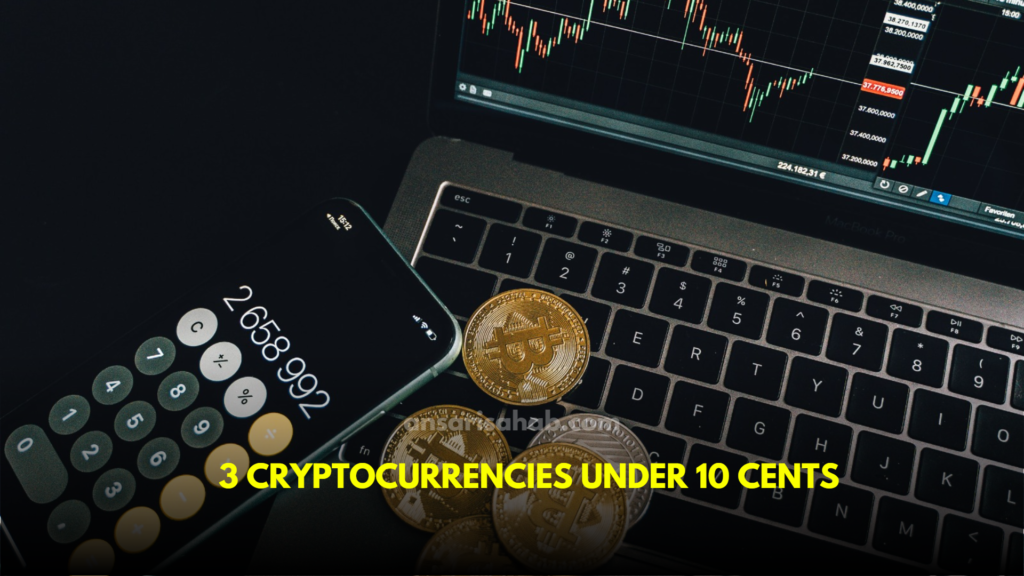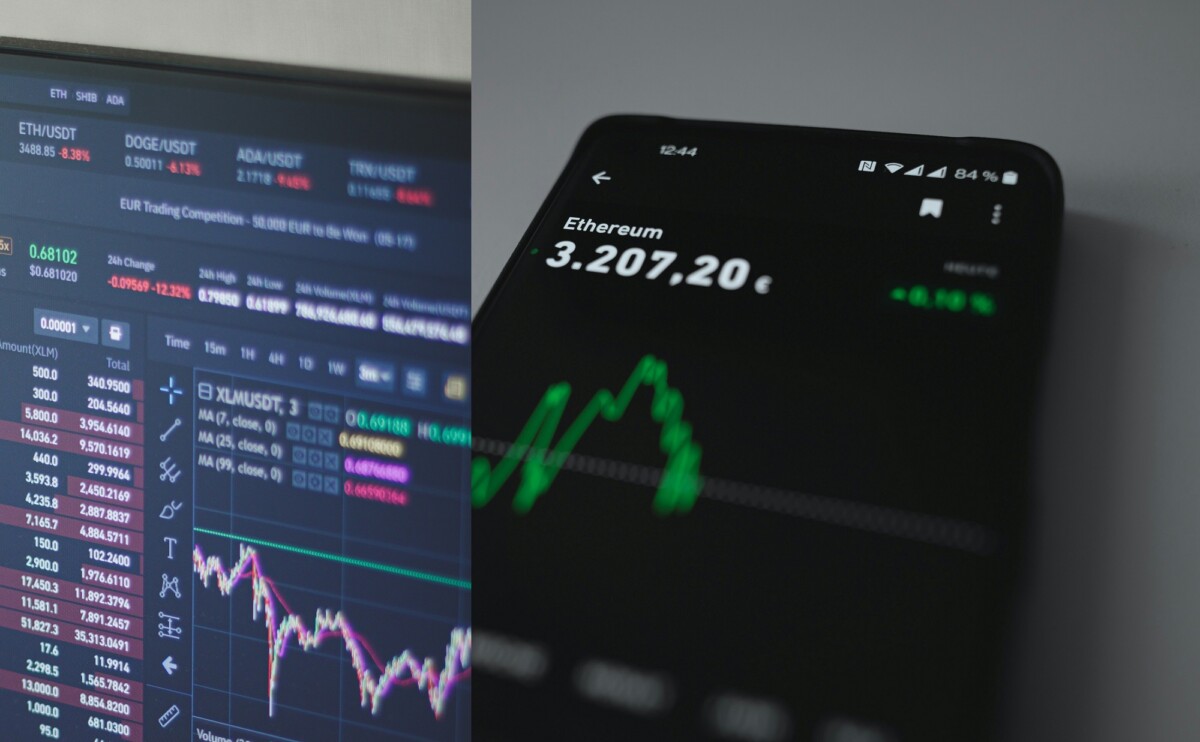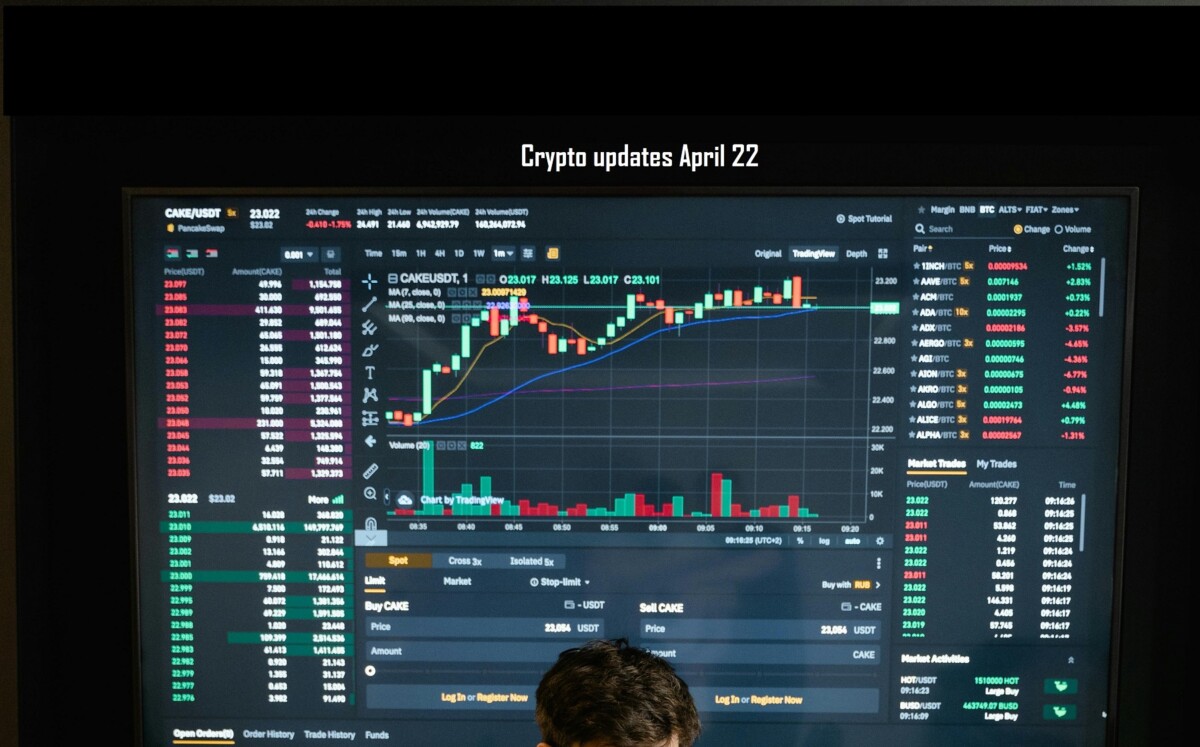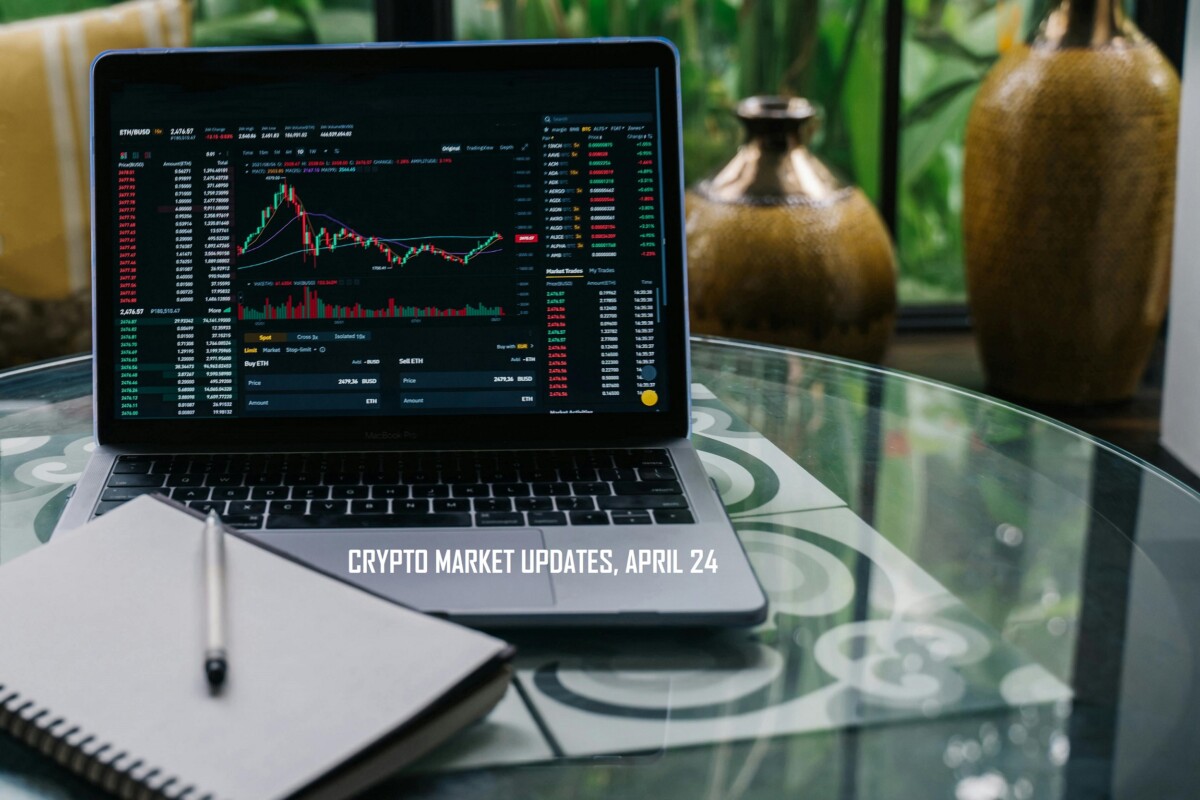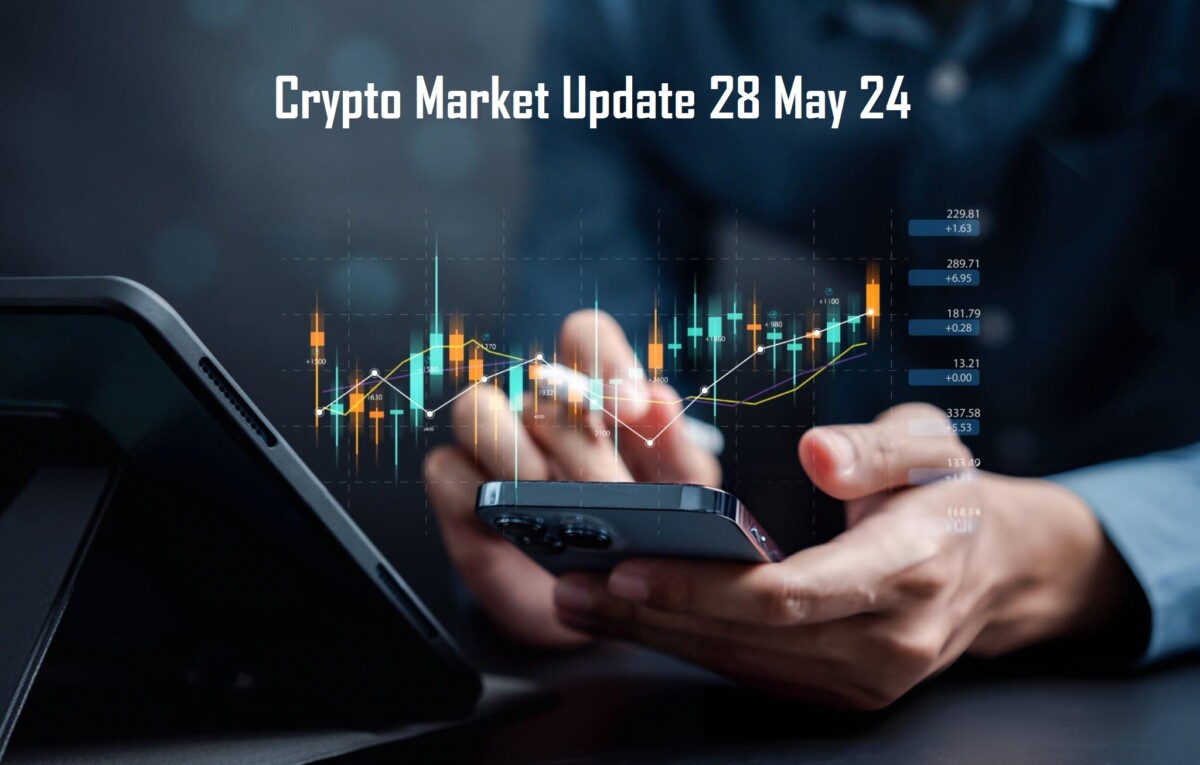The United States and the United Kingdom unveiled a joint initiative to ease regulatory barriers and promote new crypto cooperation, launching the Transatlantic Taskforce for Markets of the Future. The move aims to deepen alignment on digital assets, capital markets access, and cross-border innovation. (According to Reuters)
Shared Goals & Structure of the Taskforce
Under the new scheme, regulators and finance officials from both countries will jointly explore coordinated frameworks for cryptocurrencies, capital raising, and market access. Britain and America intend to reduce obstacles faced by firms operating on both sides of the Atlantic. (Reported by Reuters)
The taskforce, which must issue proposals within 180 days, will be chaired by treasury officials and include participation from bodies such as the U.S. Securities and Exchange Commission (SEC) and the UK Financial Conduct Authority (FCA).
Key focus areas will include stablecoin regulation, digital securities (tokenization), anti-money laundering rules, and interoperability in custody standards and oversight.
Why the Move Matters Now
The launch of new crypto cooperation between the U.S. and UK comes amid intensifying global competition for influence in the digital asset space. The UK, in particular, has sought to boost its financial appeal post-Brexit and retain listings that have shifted to U.S. exchanges.
The U.S., for its part, has introduced major crypto legislation such as the GENIUS Act, which formalizes stablecoin regulation and gives new footing to institutional participation in digital assets.
Industry actors welcomed the development as signaling greater clarity and predictability for cross-border crypto firms. “This is an opportunity for two of the largest trade partners to sync on regulation and unlock crypto for a host of uses,” one fintech CEO told DL News.
Challenges, Risks & Stakeholder Tensions
Even as cooperation may smooth friction, aligning two regulatory regimes that emerged separately is complex. Differences in enforcement culture, judicial precedent, privacy law, and capital markets norms may complicate efforts.
Some UK critics argue the policy may lean too heavily towards the U.S. approach. Meanwhile, EU regulators watching closely may resist a U.S-UK axis that bypasses broader European digital finance frameworks.
Another tension lies in how much deference each side gives to the other’s regulatory flexibility. For example, the UK recently proposed exemptions for overseas stablecoin issuers — a stance aligned with U.S. practice but contrasting with stricter approaches elsewhere.
Regulatory authorities also must manage risks such as fraud, systemic instability, and illicit flows. The coordination must not undermine consumer protection or integrity in oversight.
What It Means for Markets & Firms
For crypto firms and exchanges: They may benefit from fewer duplicative compliance burdens, clearer mutual recognition of licenses, and smoother entry into new markets.
For investors: The cooperation could reduce regulatory arbitrage and increase confidence in cross-border crypto products such as tokenized securities or stablecoins.
For policymakers: Success or failure of the taskforce may reshape norms for digital asset governance, setting a precedent for other jurisdictions seeking alignment or regional pacts.
FAQs
A: It refers to the establishment of the Transatlantic Taskforce for Markets of the Future, aimed at harmonizing crypto regulation and easing capital markets access.
A: The taskforce will explore stablecoin regulation, tokenization, cross-border custody standards, anti-money laundering rules, and market interoperability.
A: The taskforce is expected to issue a report with recommendations within 180 days of its formation.


